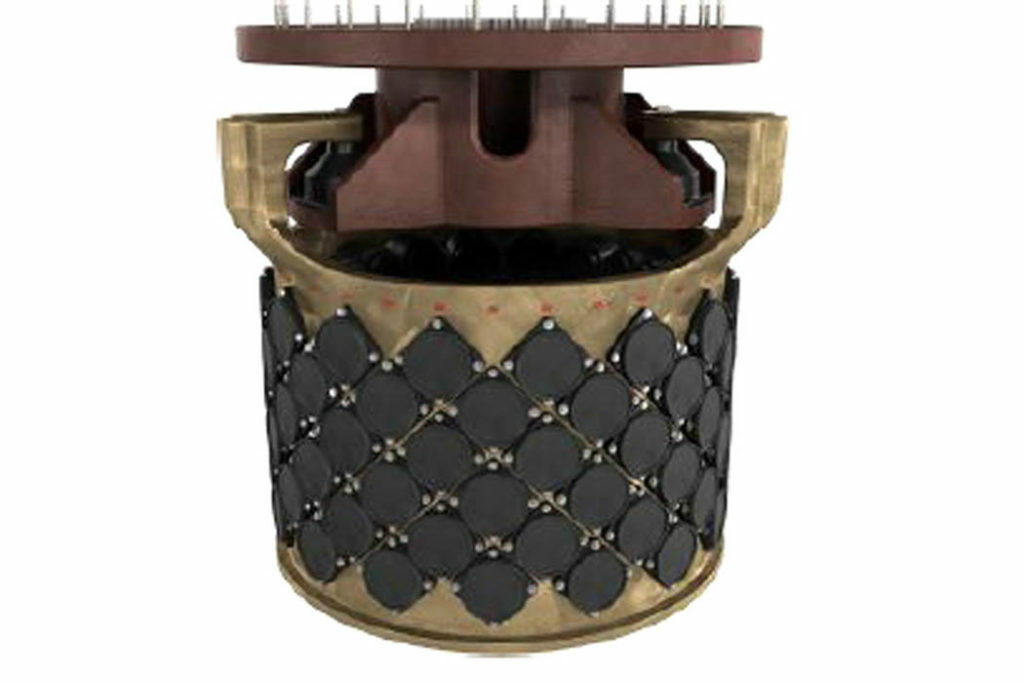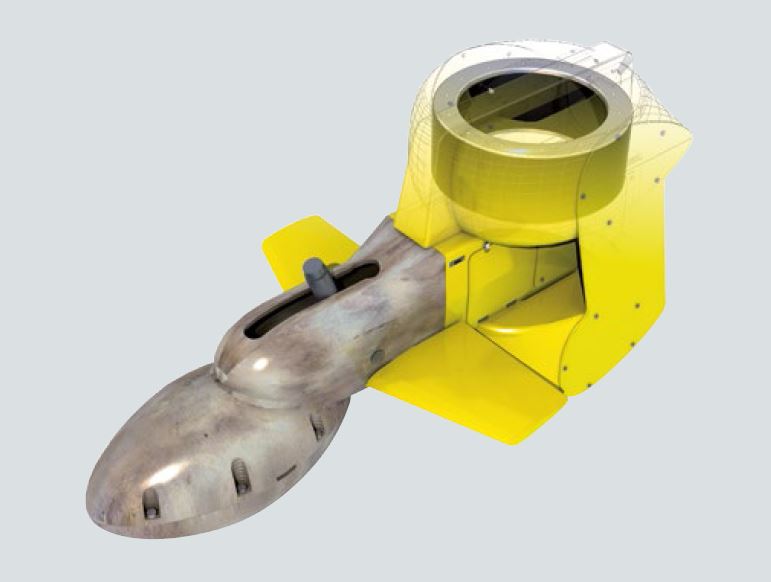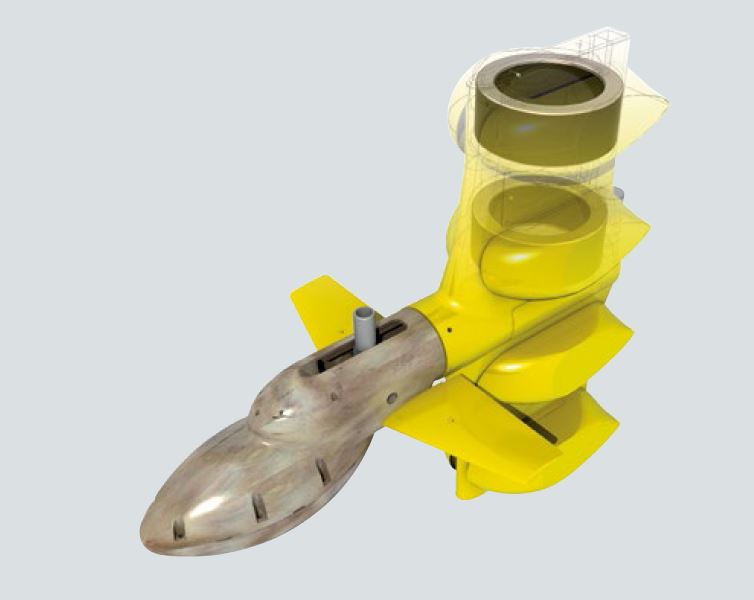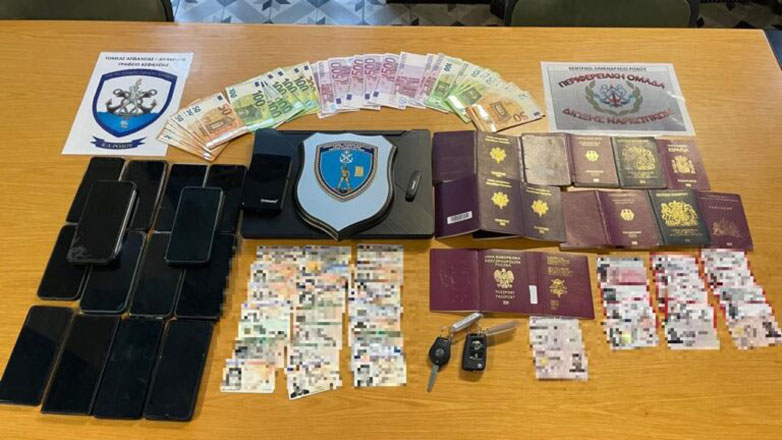The arrival of the Belharra frigates from next year will give the Navy the ultimate anti-submarine suite in terms of shipboard systems, which in combination with the MH-60R helicopters will significantly upgrade the anti-submarine capabilities of the PN. NATO frigates for the second year in a row.
Currently, the combination of BlueHunter/BlueMaster or Kingklip Mk2/UMS 4110 ship sonar with CAPTAS 2/CAPTAS 4 towed sonar arrays is the first choice in new ship designs with many ship classes already equipped.
HAL SONAR
According to open sources, the Kingklip Mk2 is or is about to enter service with Gowind corvettes, FDI frigates, La Fayette frigates and AH-140P frigates. The Kingklip Mk2 is an evolution of the very successful Kingklip using elements of the UMS 4110 sonar that powers the Fremm frigates, the Type 23 and Type 26. According to Thales, both sonar are state-of-the-art surface ship technology that provides the ability to detect, locate and classify underwater even in Rough seas and shallow waters where echo conditions are difficult. It enables the ship to effectively perform surveillance, escort or harassment missions against modern submarine threats and ideally complements the variable depth sonar (VDS) of the CAPTAS family to provide complete coverage above and below the thermal layer.
Their main characteristics are:
• Active panoramic and directional transmission.
• Permanent panoramic torpedo alert.
• Long-range detection and tracking in any environmental condition with third generation active and passive adaptive beamforming.
• Limited echo effect thanks to the wide frequency range.
• Multi-static interoperability with CAPTAS family VDS, FLASH pulse sonar, and SonoFlash audio devices.
• User-friendly HMI interface, like the CAPTAS family, with 3D analysis and graph overlay for better situational understanding.
• Built-in on-board training capability.
• Performance prediction function to optimize sonar use.
• Comprehensive built-in testing capability.
• Safe for mammals: adjustable source level.
UMS 4110 is 2.2 meters high, 2 meters in diameter and weighs 10 tons. Typical coverage range is 35 km in active configuration operating at frequencies from 4.6 to 6.1 kHz in wide FM band. It has three different types of pulse, FM, continuous wave CW and COMBO. Pulse length is up to 4 seconds. In passive configuration, the sonar operates at frequencies from 1 to 6.1 kHz.
Accordingly, the Kingklip Mk2 is 1.1 meters high, 1.2 meters in diameter, and weighs 2.7 tons. Typical coverage range is 25 km in active configuration operating at frequencies from 4.8 to 7.2 kHz in wide FM band. It has three different types of pulse, FM, continuous wave CW and COMBO. Pulse length is up to 4 seconds. In the passive configuration, the sonar operates at frequencies from 1 to 8 kHz. As we understand it, it is a compact system with capabilities similar to the much larger and heavier UMS 4110. Both of the above-mentioned sonars also have the ability to cancel the noise of the carrier ship and reduce the effect of echo.

Towed sonar devices
The CAPTAS 2/4 family (Combined Active Passive Array Sonar) is a family of variable depth towed sonar that can be installed on ships with a displacement of 1,500 tons (CAPTAS 2) and 3,000 tons and above for CAPTAS 4. CAPTAS 4 is offered in three configurations. The original CAPTAS 4 is intended for large displacement anti-submarine frigates and destroyers and was developed for Fremm frigates and compact versions with lighter weight and on-board footprint. The basic performance of all versions of CAPTAS 4 is the same.
CAPTAS 4 provides simultaneous active and passive 360-degree long-range surveillance and permanent monitoring of torpedoes. Multiple interoperability with the CAPTAS VDS family, Thales hull-mounted sonar (HMS), FLASH submersible sonar and SonoFlash sonar, together provide the best anti-submarine warfare sonar suite for large frigates.
The two new combined versions are:
- Compact – Diameter Independent Version (CI, Compact Independent):
• Provides simple and secure deployment and recovery, improved receiver and transmitter depth, increased operational flexibility (multi-state passive only or active only) or both.
- CD – Trailer based version (CD based, CD based):
• Provides a lighter, more compact solution to specific platform needs.
• It has one pull line for easy functional use with another pull system.

Their main characteristics are:
• Active panoramic and directional transmission.
• Permanent panoramic torpedo alert.
• Long-range detection and tracking in any environmental condition with third generation active and passive adaptive beamforming.
• Limited echo effect thanks to the wide frequency range.
• Multiple interoperability with CAPTAS family VDS, FLASH pulse sonar and SonoFlash sonar.
• User-friendly HMI interface, like the CAPTAS family, with 3D analysis and graph overlay for better situational understanding.
• Built-in on-board training capability.
• Performance prediction function to optimize sonar use.
• Comprehensive built-in testing capability.
• Safe for mammals: adjustable source level.
Kaptas 4 weighs 34 tons and has a surface area of 84 metres2CAPTAS 4 CI has a weight of 25 tons and a surface area of 45 metres2 The CAPTAS 4 CD weighs 20 tons and has an area of 43 metres2. Typical detection range is 150 km in active configuration operating at frequencies below 2 kHz in a wide FM band. It has three different types of pulse, FM, continuous wave CW and COMBO. The pulse length is up to 16 seconds. In the passive configuration, the sonar operates at frequencies above 4 kHz. It can operate up to sea state 6 and at a depth of up to 235 metres
One of the main differences between CAPTAS 4 and CAPTAS 2 is the number of ring-shaped transmission elements, or free-immersion ring transmission arrays, where CAPTAS 4 has four and CAPTAS 2 has two.


Kaptas 2 weighs 16 tons and has a surface area of 39 metres2. Typical coverage range is 60 km in active configuration operating at frequencies below 2 kHz in wide FM band. It has three different types of pulse, FM, continuous wave CW and COMBO. The pulse length is up to 16 seconds. In the passive configuration, the sonar operates at frequencies above 4 kHz. It can operate up to sea state 6 and at a depth of up to 230 metres
Their main characteristics are:
• Easy installation thanks to the modular design.
• Built-in on-board training capability.
• Performance prediction function to optimize sonar use.
• User-friendly HMI interface, like the HMS family, with 3D analysis and graph overlay for better situational understanding.
• Depth protection function.
• Safe for mammals: adjustable source level.

“Avid problem solver. Extreme social media junkie. Beer buff. Coffee guru. Internet geek. Travel ninja.”





More Stories
Used Car Travels Around The World – Crashed, Sold For New Car
If it weren’t for the merger of Attica Bank and Bankritia, they could have collapsed.
Debt: When will it return to 60% of GDP – “Snowball” Stournara and the Greek Bell